Research
Search our website
Search our website by entering a keyword or choose a database above to search specifically.
Search
Showing search results 8,261 - 8,270
14,725 results found

Steenweg op Sevendonk 28, Oud-Turnhout, Belgium

Sterrekensstraat 11, Lendelede, Belgium

Steenwinkelstraat 416, Schelle, Belgium

Stevenstraat 1, Peer, Belgium

Stene 9, Horebeke, Belgium

Streepenstraat 24, Sint-Oedenrode, Netherlands

Stokstraat 7, Kruishoutem, Belgium

Stratendries 53, Lierde, Belgium

Stratendries 62, Lierde, Belgium

Stevoortweg 207, Herk-de-Stad, Belgium








